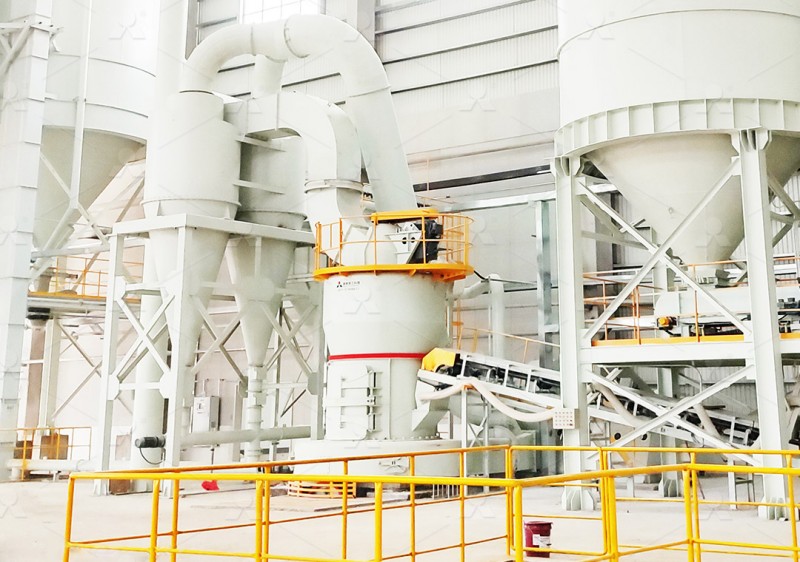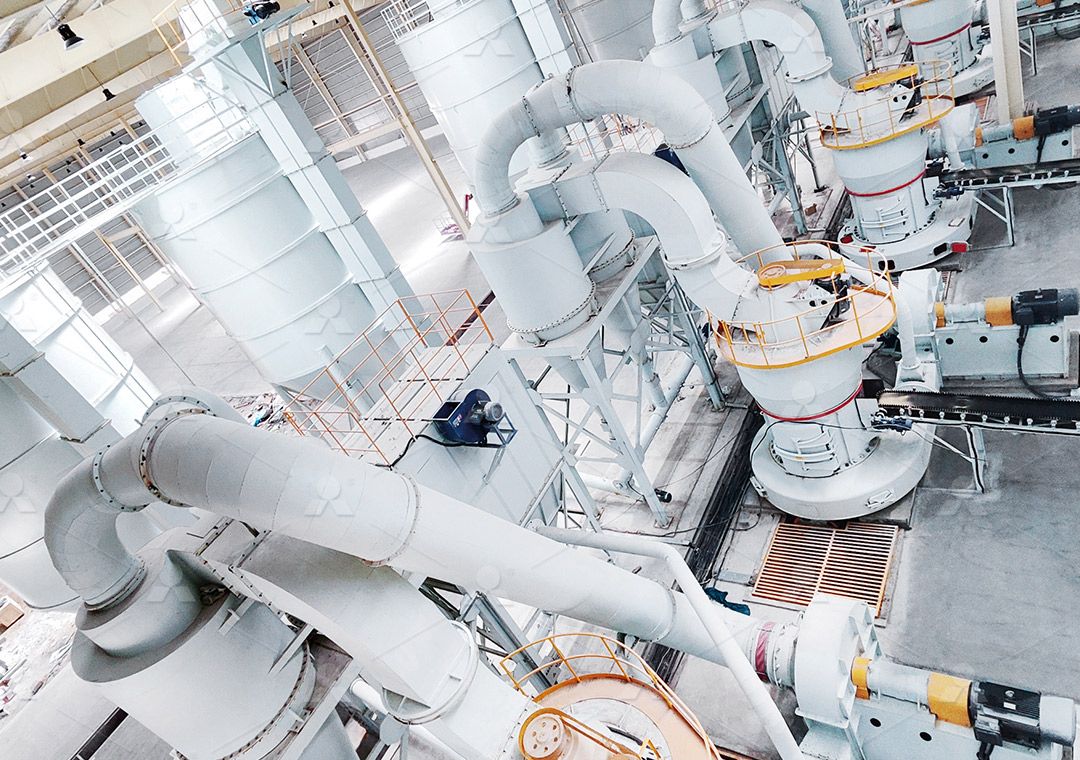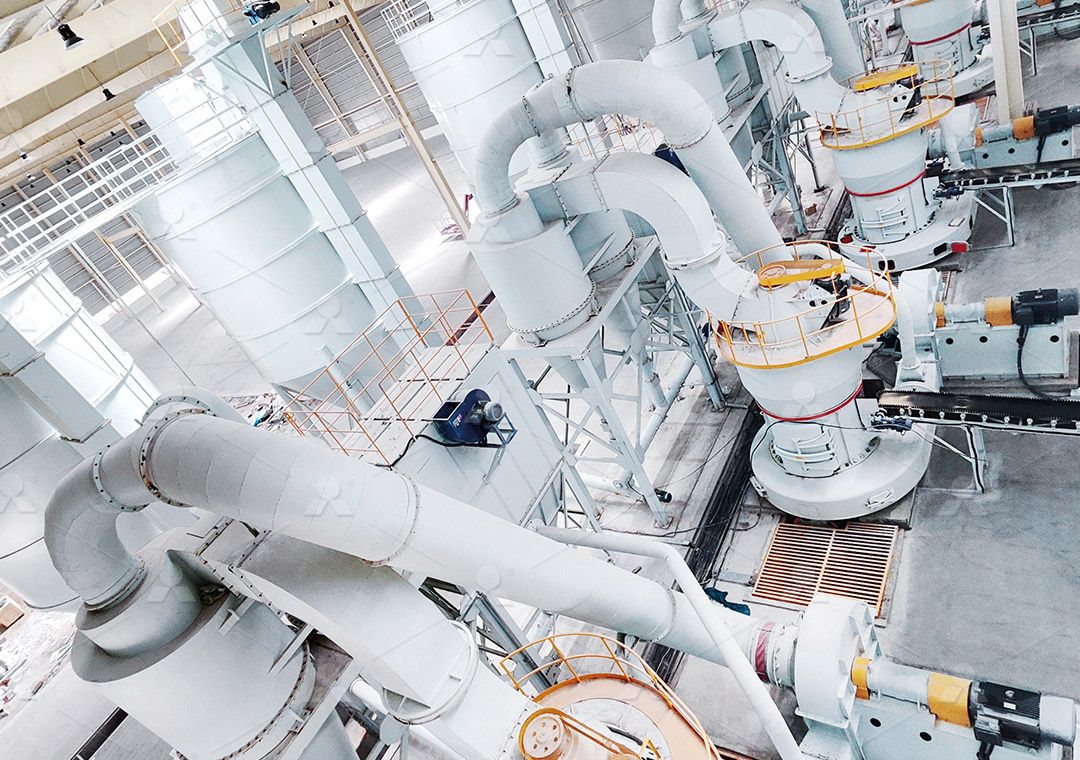MTM130 Medium Speed Trapezium Mill Applications and Benefits
MTM130 Medium Speed Trapezium Mill: Powering Modern Industrial Processing
In today’s competitive industrial landscape, selecting the right grinding equipment is crucial for optimizing production efficiency and product quality. The MTM130 Medium Speed Trapezium Mill stands as a testament to engineering excellence, designed to meet the rigorous demands of medium-to-large scale powder processing operations. This robust machine has carved its niche by delivering consistent performance across numerous material types and industrial applications.

Versatile Applications Across Industries
The MTM130 demonstrates remarkable versatility in processing various non-flammable and non-explosive materials with Mohs hardness below 9 and humidity under 6%. Its application spectrum spans multiple sectors including construction materials, chemical manufacturing, mining operations, and metallurgical processing. Common processed materials include limestone, calcite, dolomite, barite, talc, calcium carbonate, gypsum, and bentonite among others.
What sets the MTM130 apart is its ability to produce powders ranging from coarse to fine consistencies, making it suitable for everything from construction material preparation to specialized chemical compound processing. The mill’s consistent output quality ensures that manufacturers can maintain product specifications batch after batch, reducing quality control issues and material waste.
Engineering Excellence and Operational Benefits
The MTM130 incorporates several proprietary technologies that contribute to its superior performance. The flexible connection design utilizing elastic damping principles significantly reduces vibration transmission to the foundation, enhancing equipment longevity while minimizing noise pollution. The innovative grinding roller and grinding ring configuration creates a unique curvature that improves grinding efficiency and extends component service life.
Operators appreciate the MTM130’s high efficiency powder separator, which features advanced impeller design for precise particle size control. This technology enables the production of finished powders with fineness ranging from 60 to 325 mesh (0.045-0.95mm), with some configurations capable of even finer outputs. The efficient separation system ensures optimal product quality while maximizing throughput.

Advanced Features for Enhanced Performance
Several engineered features distinguish the MTM130 in its class. The high-density and precision impeller device increases capacity by up to 15% compared to conventional designs while maintaining the same power consumption. The mill’s internal air circulation system is meticulously designed to minimize resistance, further contributing to energy efficiency.
Maintenance considerations have been thoughtfully addressed in the MTM130’s design. The grinding roller assembly can be easily removed and replaced without disassembling other components, significantly reducing downtime during maintenance procedures. The lubricating system ensures proper distribution to all moving parts, enhancing reliability and extending service intervals.
Complementary Grinding Solutions
For operations requiring even finer powder specifications, we recommend considering our MW Ultrafine Grinding Mill, which produces powders between 325-2500 meshes with exceptional precision. This machine is particularly suited for specialized applications in industries such as cosmetics, pharmaceuticals, and high-performance materials where ultra-fine particle size distribution is critical.
Another excellent option for operations prioritizing vertical space utilization is our LUM Ultrafine Vertical Grinding Mill, which combines ultrafine powder grinding, grading, and transporting in a compact footprint. Its advanced powder separating technology and unique roller shell design make it ideal for superfine dry powder production of non-metal ores.

Environmental and Economic Advantages
The MTM130 is designed with environmental stewardship in mind. The integrated pulse dust collection system effectively captures particulate matter, ensuring compliance with industrial emission standards. The mill’s energy-efficient operation translates to lower power consumption per ton of processed material, reducing both operational costs and environmental impact.
From an economic perspective, the MTM130 offers compelling value through reduced maintenance requirements, extended component life, and consistent output quality. The machine’s reliability minimizes production interruptions, while its adaptability allows processors to respond effectively to changing market demands and material specifications.
Frequently Asked Questions
What is the typical production capacity of the MTM130 Medium Speed Trapezium Mill?
The MTM130 offers production capacities typically ranging from 3 to 55 tons per hour, depending on material characteristics and final product fineness requirements.
How does the MTM130 compare to traditional Raymond mills in terms of energy efficiency?
The MTM130 demonstrates significantly improved energy efficiency, consuming approximately 30-40% less power than conventional Raymond mills when processing the same materials to comparable fineness.
What maintenance intervals can be expected for the grinding components?
Under normal operating conditions, the grinding roller and ring assembly typically requires inspection every 800-1,200 operating hours, with replacement necessary after approximately 3,000-5,000 hours depending on material abrasiveness.
Can the MTM130 handle moist materials effectively?
While the MTM130 can process materials with moisture content up to 6%, for higher moisture materials, we recommend pre-drying or considering systems with integrated drying capabilities such as our LM Vertical Grinding Mill series.
What safety features are incorporated into the MTM130 design?
The mill includes multiple safety systems including vibration detection, temperature monitoring, pressure relief mechanisms, and electrical protection devices to ensure safe operation under various conditions.
